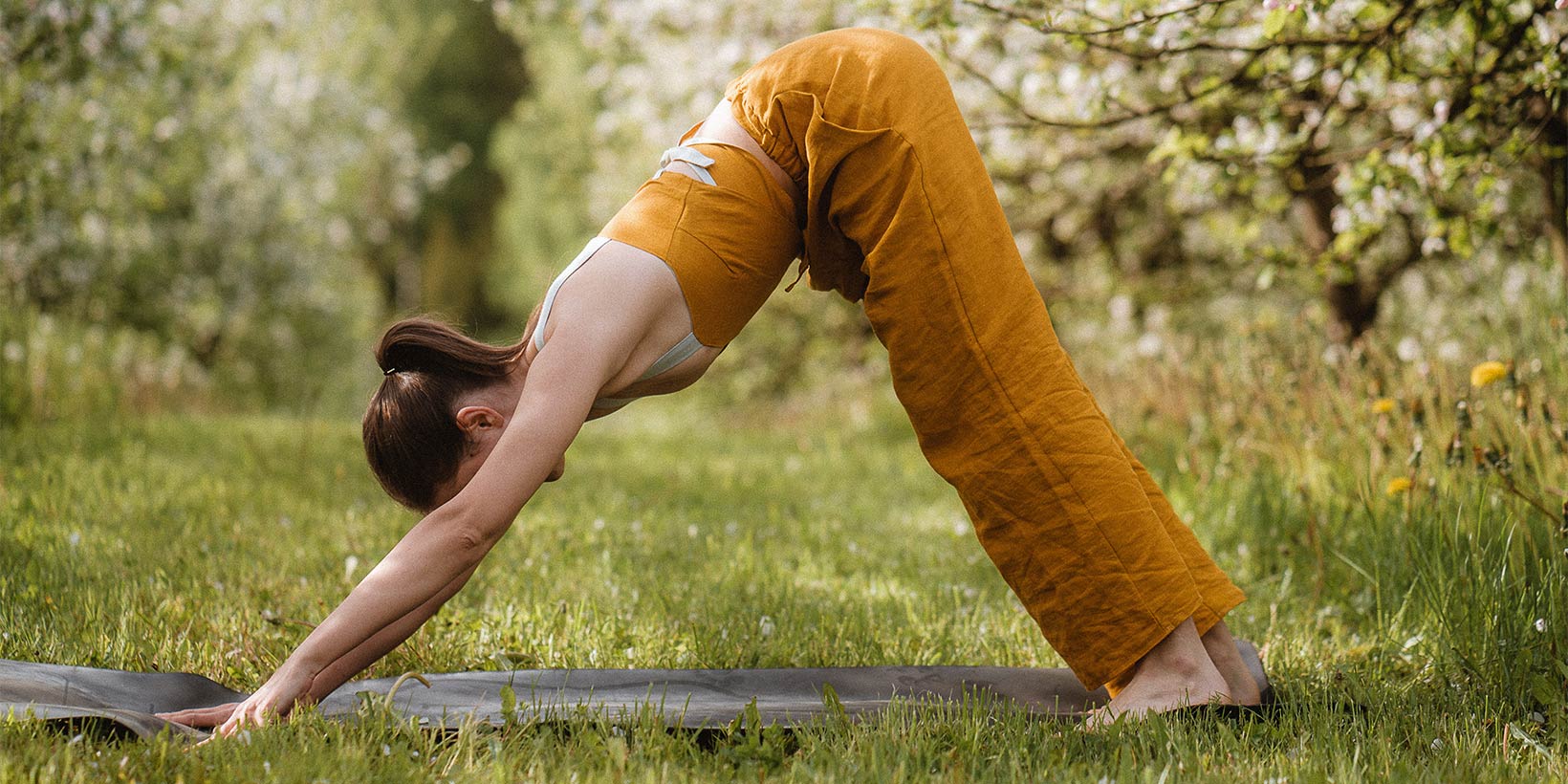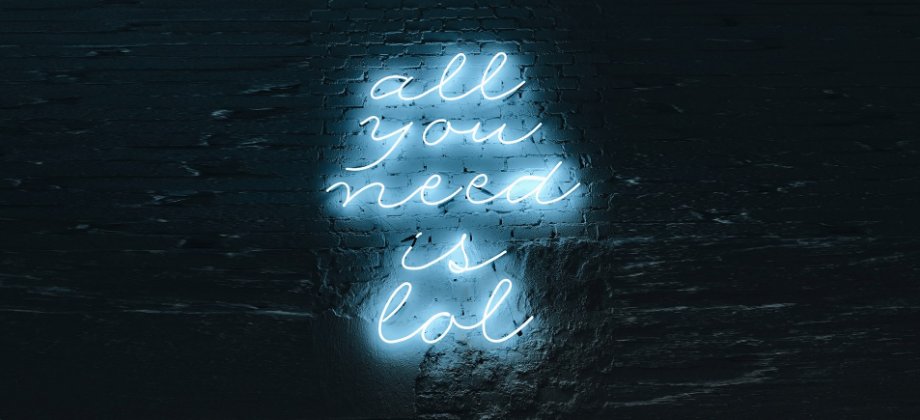
Why Teaching Yoga When You’re Tired or Down is Actually Great for Your Yogis
Whether you are a seasoned yoga teacher or not, we’ve all been there. We’ve all had a stressful day, felt in some sort of funk that wouldn’t go away, or have been flustered by leaving our lunch on the counter and needing to somehow make a substantive meal out of the Grab-and-Go section of Starbucks. As the stress keeps piling up, as your mood gets moodier, or your hunger for food other than one hard-boiled egg and half a children’s peanut butter and jelly sandwich gets, well, hungrier, it’s easy to feel as though teaching a yoga class is downright impossible.
If you’ve ever thought, “How can I channel calm for my students when I am not calm?” you are in good company.

It Reduces Perfectionism and Allows for Greater Connection
It’s natural for a yoga teacher to want to have it all together for your students. We all want to be viewed as professional, prepared, caring, and “zen” in all circumstances. We want to give our students a good experience.
But I’d like to offer you a question to really consider: When has “perfect” ever been truly relatable?
Oftentimes, the most powerful connections that we have with friends or even strangers occur when we are most honest, most ourselves, stress and all. During my 200-hour yoga teacher training, our instructor talked about this concept extensively. She talked about the panic that built and bubbled up during a stressful day that made her want to cancel her upcoming class one evening. But as an instructor, she was conflicted. Isn’t yoga the practice we should turn to when we are most stressed? Most in need of grounding and re-connection with our breath and body?
She told us the story of how she taught this class through her stress and overwhelm and how she channeled her feelings into her cueing and breathwork during the meditation she led at the beginning of class. Because she showed up in a vulnerable, imperfect way, a human way, she was approached by more students after class than she ever had been before, who shared just how moved they were by her class. They heard the shaking in her voice and felt it too. They recognized her emotion and allowed themselves to feel their own. They did yoga.
When we show up exactly as ourselves, on days that go as planned and also on days when we get drenched by a city bus ramming forcefully through a puddle, metaphorically or not, we give permission to our students to show up as themselves too. We give permission to access every part of ourselves, not just the “Instagram-worthy” parts of our yoga practice, like the well-worn Dancer pose on a beach.
By showing up as a full, messy, beautiful human being, we give our students permission to try crow, and fall. To exhale just a little bit deeper into a twist. To exit a challenging pose and take a rest in the Child’s pose instead of pushing and pushing. To give themselves what they need exactly when they need it.
If we teach only when we feel energized, in alignment, and unperturbed by life, we teach our students that yoga can only be perfect and beautiful and that messiness that humanness is not allowed.
It Teaches Students to Turn to Yoga When they Need Centering, too
What could possibly be a more beautiful message to impart during a yoga class than to embrace it all? To breathe through it? To stay fully present in the uncomfortable and not push it away?
If we teach only when we feel energized, in alignment, and unperturbed by life, we teach our students that yoga can only be perfect and beautiful and that messiness that humanness is not allowed. So the next time you are feeling off in the slightest way, remember to inhale and exhale and offer your class your most vulnerable self.
This, of course, can be easier said than done, so let’s talk about some ideas you can try.
The Nitty Gritty: Tips to Lead a Yoga Class When You’re Not Feeling Your Best
You might find it helpful to flip through one of your favorite poetry books or find a meaningful quote online and let it guide your class. You might show up early and allow yourself ten minutes of meditation to release your day and settle into the room you’ll share shortly with others. You might scrap the sequence you had planned and allow yourself to take requests from your students at the beginning of class or design an intuitive flow as you go. You might share briefly with your students as you introduce yourself, “Hi, my name is ___, and I had a hard day today. I’m excited to be with you this evening and show up for you as my whole self, and I encourage you to give yourself permission to show up for you too.”
You might just decide that showing up as you, stress and all, is your favorite way to teach. You might give your students more access to their own true messy selves in one hour than they have experienced in quite a long time. You might decide that authenticity is worth the discomfort. You might just never go back to chasing “perfect.”






